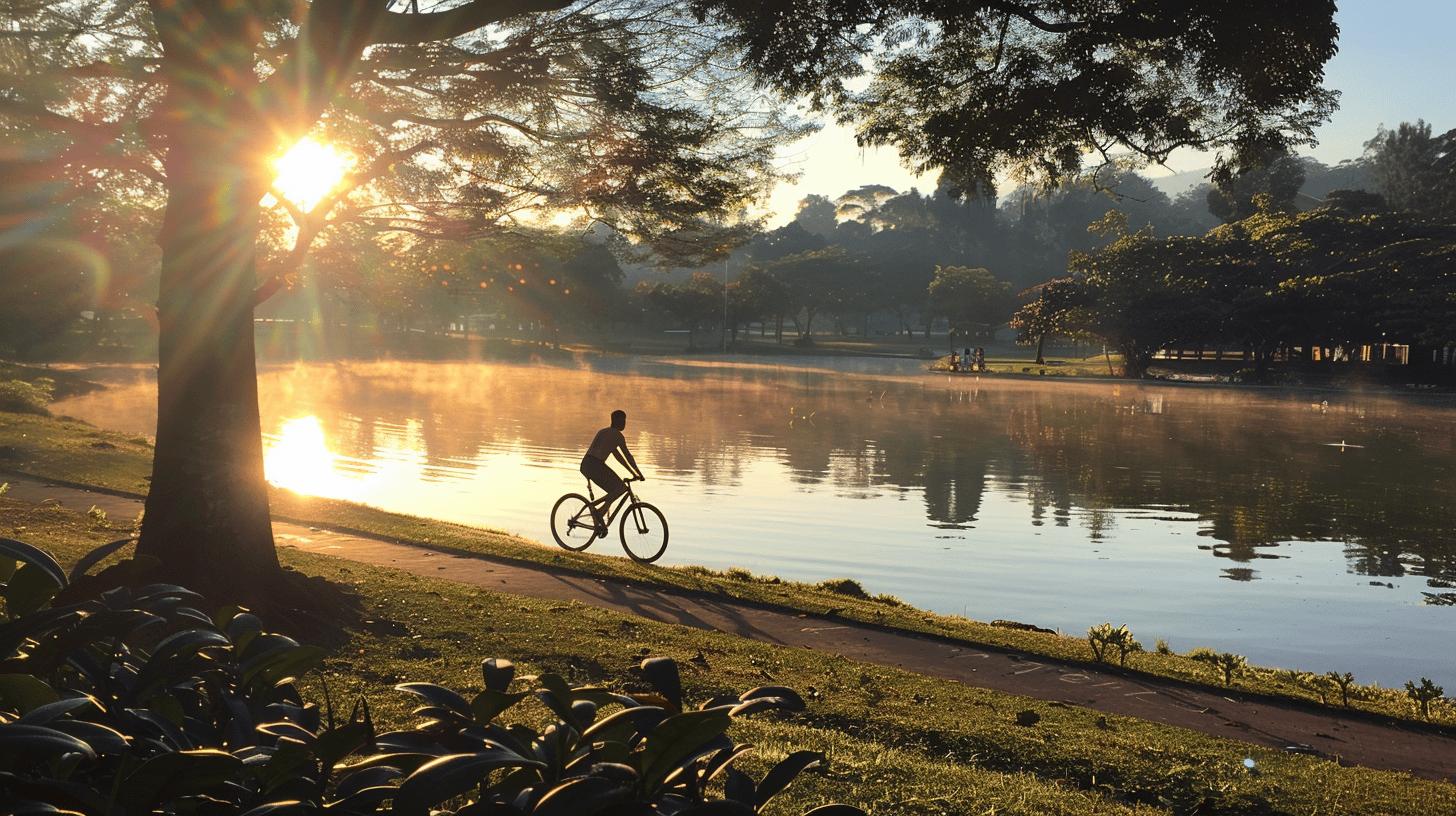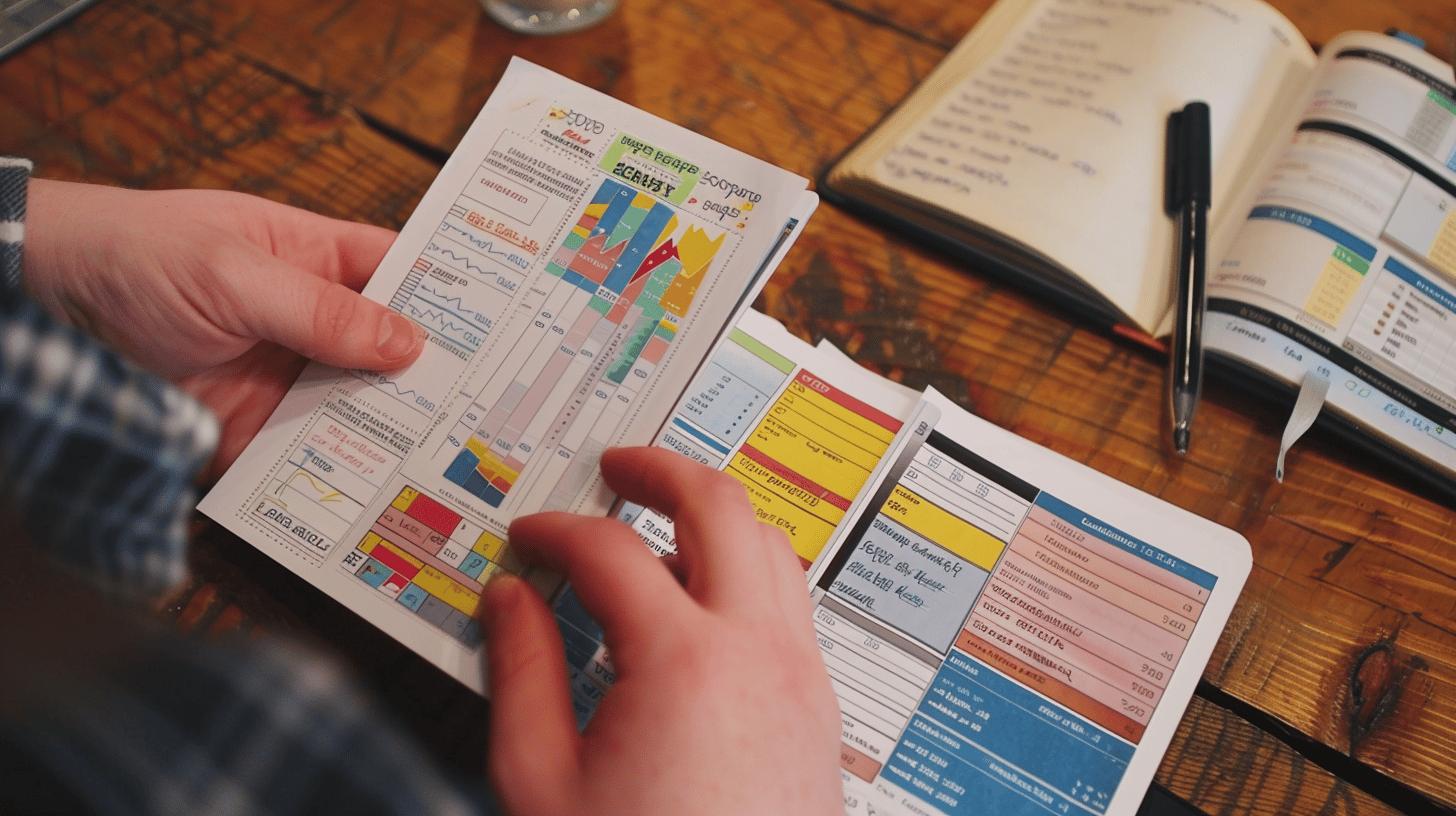Have you ever wondered what it takes to transform yourself into a triathlete from scratch? Embarking on a journey to complete a triathlon might seem daunting, but with the right plan, it’s within your reach. This beginner triathlete training plan is designed specifically for those with no prior experience in swimming, biking, or running. By focusing on building aerobic endurance, this plan prepares you step-by-step for a sprint triathlon. Read on to discover how structured training sessions can pave the way for your success in this multifaceted sport.
Understanding the Basics of a Beginner Triathlete Training Plan
A beginner triathlete training plan is crucial for those with no prior experience in swimming, biking, or running. The primary focus of such a plan is to build aerobic endurance rather than speed. This approach ensures that beginners develop the stamina needed to complete a sprint triathlon, which typically includes a 750-meter swim, a 20-kilometer bike ride, and a 5-kilometer run. The training plan is designed to be progressive, gradually increasing the intensity and duration of workouts to improve overall fitness.
The structure of the training plan incorporates multiple daily sessions, each targeting a specific segment of the triathlon. For swimming, the goal is to become comfortable with continuous swimming over the required distance. Cycling sessions aim to build leg strength and endurance, while running workouts focus on maintaining a steady pace for the 5-kilometer run. Rest days are strategically included to allow for recovery and prevent overtraining.
- Swimming: Focus on form and breathing techniques.
- Cycling: Gradually increase distance and incorporate hill training.
- Running: Build up to running continuously for 30 minutes.
- Strength Training: Incorporate exercises to improve muscle endurance.
- Flexibility: Regular stretching to prevent injuries.
- Rest Days: Essential for recovery and muscle repair.
Expected outcomes of following a well-structured beginner triathlete training plan include improved cardiovascular fitness, enhanced muscle endurance, and a balanced approach to training that reduces the risk of injury. By adhering to the plan, beginners will gain confidence in their ability to complete each segment of the triathlon, ultimately leading to a successful race day experience.
Weekly Training Schedule for Beginner Triathletes
A well-structured weekly training schedule is essential for beginner triathletes. This schedule balances workouts for swimming, cycling, and running while incorporating rest days for recovery. Visual aids, such as charts and calendars, can help track progress and maintain organization throughout the training period.
Swimming is a critical component of triathlon training. Beginners should focus on building comfort and efficiency in the water. Start with shorter swim sessions, gradually increasing the distance. Emphasize proper breathing techniques and form to improve endurance over time. Aim for three swim sessions per week, with each session lasting 20-30 minutes initially, progressing to 40-60 minutes as fitness improves.
Cycling sessions should target building leg strength and cardiovascular endurance. Beginners can start with shorter rides and gradually increase the duration and intensity. Incorporate hill training to enhance strength and stamina. Use any available bike, and consider adding aero bars to improve aerodynamics. Aim for three cycling sessions per week, starting with 30-minute rides and progressing to 60-90 minutes.
Running focuses on building the ability to maintain a steady pace over the required distance. Beginners should start with a combination of running and walking, gradually increasing the running duration. Aim to run continuously for 30 minutes before adding more time. Incorporate interval training to build speed and endurance. Target three running sessions per week, starting with 20-minute runs and progressing to 45-60 minutes.
| Day | Activity | Duration |
|---|---|---|
| Monday | Swim | 20-30 mins |
| Tuesday | Bike | 30-45 mins |
| Wednesday | Run | 20-30 mins |
| Thursday | Rest | — |
| Friday | Swim | 30-45 mins |
| Saturday | Bike | 45-60 mins |
| Sunday | Run | 30-45 mins |
Tips for Training in Each Triathlon Segment

Swimming is often the most challenging segment for beginner triathletes. The goal is to build comfort in the water and swim 400 meters continuously without feeling out of breath. Focus on proper breathing techniques and maintaining a relaxed stroke. Start with shorter distances and gradually increase as your confidence and endurance improve.
Cycling involves building leg strength and cardiovascular endurance. Beginners can use any available bike but should consider adding aero bars for better aerodynamics. Begin with shorter rides and progressively increase the distance and intensity. Incorporate hill training to enhance overall strength and stamina.
Running requires developing the ability to maintain a steady pace over the required distance. The initial goal is to run continuously for 30 minutes. Begin with a run-walk strategy and gradually increase the running intervals. Consistent interval training will build both speed and endurance over time.
- Swimming:
- Focus on breathing techniques
- Maintain a relaxed stroke
- Gradually increase distance
- Cycling:
- Use any available bike
- Consider adding aero bars
- Incorporate hill training
- Running:
- Start with a run-walk strategy
- Increase running intervals gradually
- Consistent interval training
Nutritional Advice for Beginner Triathletes
Proper nutrition is a cornerstone of effective triathlon training. It ensures that the body is adequately fuelled to handle the demands of swimming, cycling, and running. A balanced diet rich in carbohydrates, proteins, and fats supports energy levels and muscle repair. Carbohydrates are the primary energy source, especially for endurance activities. Proteins aid in muscle recovery, while healthy fats contribute to sustained energy release. Emphasizing whole foods such as fruits, vegetables, lean meats, and whole grains will provide the necessary nutrients to maintain performance and recovery.
Hydration is equally critical for beginner triathletes. Dehydration can significantly impact performance and recovery. It is recommended to drink water consistently throughout the day, not just during training sessions. During workouts, especially those lasting longer than an hour, incorporating electrolyte drinks can help replace lost minerals and maintain fluid balance. Monitoring urine color is a simple way to gauge hydration status; a light yellow color generally indicates proper hydration.
Energy gels play a pivotal role in maintaining energy levels during longer training sessions and races. These gels are designed to be quickly absorbed, providing an immediate source of carbohydrates. For beginners, it is advisable to start using energy gels during training to determine which brands and flavors work best. Consuming energy gels every 45 minutes during prolonged exercise can help sustain energy and delay fatigue.
- Consume a balanced diet rich in carbohydrates, proteins, and fats
- Stay hydrated by drinking water consistently throughout the day
- Use electrolyte drinks during workouts lasting longer than an hour
- Practice with energy gels during training to find suitable options
- Consume energy gels every 45 minutes during prolonged exercise
Motivational Support and Mental Preparation
Mental preparation is crucial for beginner triathletes to stay focused and manage pre-race nerves. Visualization techniques can be highly effective; imagine the race day, each segment of the triathlon, and crossing the finish line. This mental rehearsal helps build confidence and reduces anxiety. Setting realistic goals and breaking them down into smaller, achievable milestones can also keep motivation high. Mindfulness practices, such as meditation or deep-breathing exercises, can improve mental clarity and reduce stress, allowing athletes to stay present and focused during both training and the race.
Joining a support community offers numerous benefits for beginner triathletes. Whether through local clubs or online forums, being part of a community provides a sense of belonging and support. Fellow triathletes can offer valuable advice, share experiences, and provide encouragement during challenging times. Training with a group can also enhance accountability and motivation, making it easier to stick to the training schedule. Additionally, community events and group training sessions can make the preparation process more enjoyable and less isolating.
- Set realistic and achievable goals.
- Practice visualization techniques.
- Engage in mindfulness exercises.
- Join a support community for encouragement and advice.
Downloadable Resources and Visual Aids

Visual aids like charts and calendars are crucial for tracking progress in a beginner triathlete training plan. They provide a clear visual representation of the training schedule, making it easier to stay organized and on track. By visually mapping out workouts, rest days, and milestones, athletes can better understand their training progression and make necessary adjustments to optimize performance.
Downloadable PDF guides offer the convenience of having the entire training plan in one accessible document. These guides often include detailed weekly schedules, tips for each triathlon segment, nutritional advice, and motivational strategies. Having a comprehensive guide at your fingertips ensures that you can refer to it anytime, whether at home or on the go, making it easier to follow the plan consistently.
- Training plan calendars for tracking workouts and rest days
- Comprehensive PDF guides with detailed schedules and tips
- Nutritional and motivational resources for holistic training support
Final Words
Developing a beginner triathlete training plan involves understanding the essentials, balancing the weekly schedule, and incorporating specific tips for each segment. Results stem from structured training and nutritional support, coupled with mental preparation.
Starting with no prior experience, individuals can gradually build endurance. Emphasizing consistent training schedules, proper nutrition, and community support can significantly enhance the experience.
With the right approach and dedication, anyone can transition from beginner to accomplished triathlete.
FAQ
How do you train for a triathlon with no experience?
Training for a triathlon with no experience involves starting with a structured beginner training plan that includes swimming, cycling, and running. Focus on building aerobic endurance and incorporate rest days to prevent overtraining.
How should a beginner start a triathlon?
A beginner should start a triathlon by following a beginner triathlete training plan, often beginning with a sprint triathlon. This plan typically includes sessions for swimming, biking, running, and rests to build endurance progressively.
How many hours a day do triathletes train?
Triathletes typically train for 1-2 hours a day, depending on the intensity and phase of their training plan. Beginners might start with shorter sessions and gradually increase duration as their endurance builds.
How many times a week should a triathlete run?
A triathlete should aim to run at least 2-3 times a week, combining short and long runs to build endurance and improve overall fitness.
Is there a free beginner triathlete training plan PDF available?
Yes, there are various free beginner triathlete training plans available in PDF format. These often include detailed schedules for swimming, cycling, and running, along with rest days and tips for beginners.
What is included in a 12-week beginner triathlete training plan?
A 12-week beginner triathlete training plan includes structured weekly workouts for swimming, cycling, and running. It balances the training load with rest days and gradually increases intensity and duration to build endurance.
How can I get a downloadable triathlon training plan for beginners?
Downloadable triathlon training plans for beginners are available on various websites. These plans often come in PDF format and include visual aids like charts and calendars to help track progress and stay organized.

